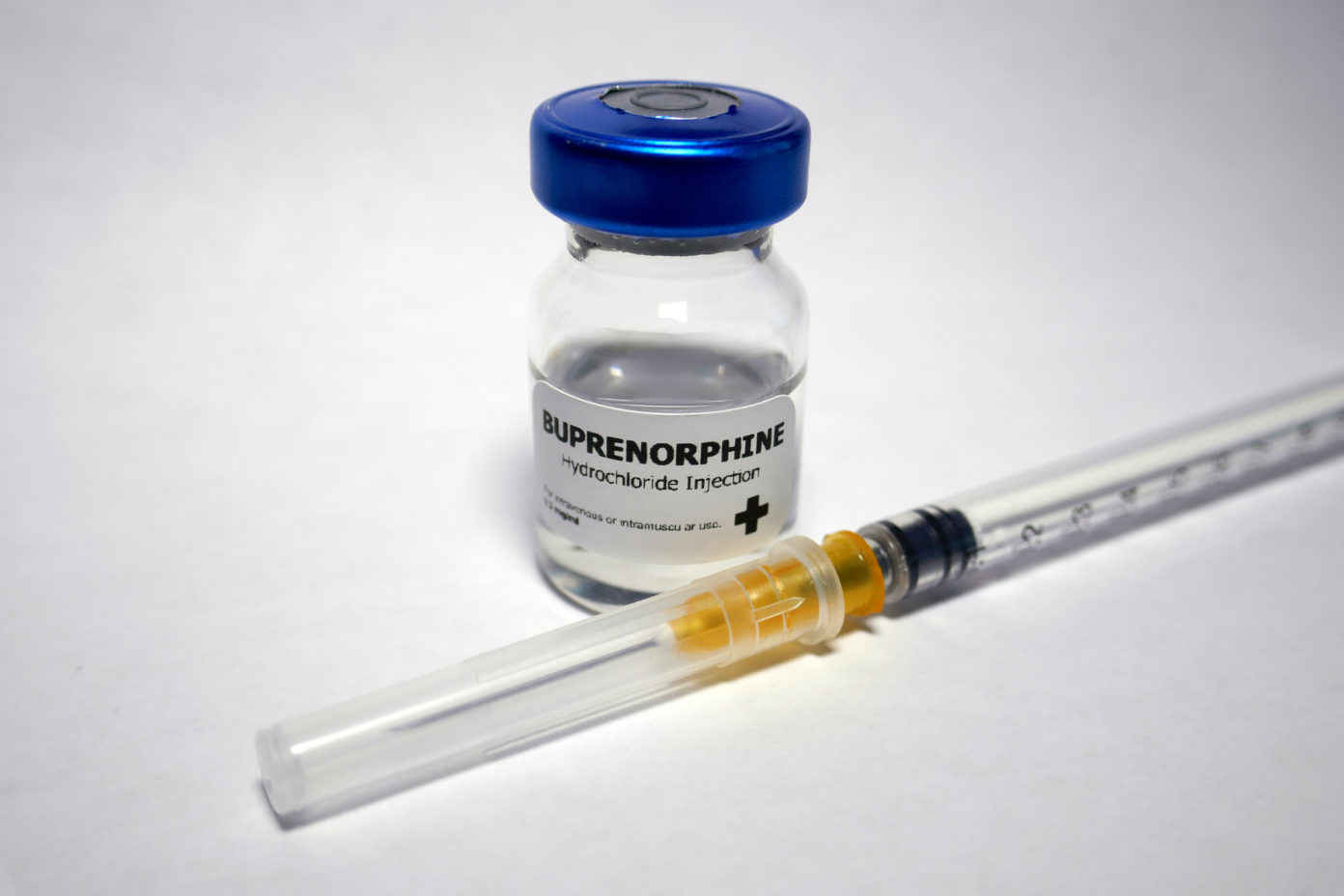COVID-19 Pandemic Prompts Federal Agencies to Reduce Restrictions on Medications for Opioid Use Disorder
March 21, 2020
Overview
The medications methadone and buprenorphine are extremely effective in reducing the harms associated with opioid use disorder (OUD). Indeed, Health and Human Services (HHS) Secretary Alex Azar recently noted that attempting to treat OUD without them is “like trying to treat an infection without antibiotics.” These medications for opioid use disorder (MOUD) dramatically reduce the risk of relapse and withdrawal among people who are taking them and – perhaps most importantly – decrease the risk of death by as much as 50 percent.
Unfortunately, a number of laws and regulations make it difficult to access these medications. While many of these barriers persist, in light of the ongoing public health emergency associated with COVID-19 the federal government has recently taken a number of steps to increase access to these lifesaving medications.

Increased access to MOUD at Opioid Treatment Programs
First, the Substance Abuse and Mental Health Services Administration has issued guidance that permits states to request a blanket exception to otherwise applicable rules that require most patients who access MOUD from Opioid Treatment Programs (OTPs, commonly but incorrectly referred to as “methadone clinics”) physically come to the program site on all or most days to access their medication. Under this new guidance, states that have declared a state of emergency (which includes all 50 as of March 18, 2020) may request an exemption to permit all patients who are on a stable dose to receive 28 days of take-home medication, and for patients who are on a less stable dose to receive 14 days of take-home medication.
This change, if taken up by states and followed by providers, will enable patients who access MOUD at an OTP to continue accessing their medication without having to wait in lines or waiting areas, and provide a buffer in case their OTP provider temporarily limits services.
Increased access to buprenorphine
Second, both HHS and the Drug Enforcement Administration (DEA) have issued guidance to increase access to buprenorphine outside of OTPs. While buprenorphine is less regulated than methadone, a federal law generally forbids the initial issuance of controlled substance prescriptions unless the prescriber has personally examined the patient. This law, which was designed to address illicit online pharmacies, has the unfortunate effect of limiting access to buprenorphine for those who are unable to access a prescriber in their area.
The law, however, permits this requirement to be waived in the event of a declared public health emergency. The DEA has now confirmed that, in light of the COVID-19 emergency, this requirement is waived, and that the initial consultation can occur via “an audio-visual, real-time, two-way interactive communication system” or via telephone. Simultaneously, the HHS Office for Civil Rights, which enforces HIPAA regulations, has issued a formal Notice that it will “exercise its enforcement discretion and will not impose penalties for noncompliance with the regulatory requirements under the HIPAA Rules against covered health care providers in connection with the good faith provision of telehealth during the COVID-19 nationwide public health emergency” and that “A covered health care provider that wants to use audio or video communication technology to provide telehealth to patients during the COVID-19 nationwide public health emergency can use any non-public facing remote communication product that is available to communicate with patients.” This is important as some video conference modalities (such as those on cell phones) may not be fully HIPAA compliant.
Finally, the Centers for Medicare and Medicaid Services (CMS) has waived many requirements that previously must have been met for Medicare reimbursement of telehealth services, including that the beneficiary be located in rural area and the services be provided in a medical facility. This change, combined with expansions contained in the SUPPORT Act, should expand access to OUD and other services for Medicare beneficiaries.
Taken together, these unprecedented changes will help ensure that individuals who are accessing, or who wish to access, MOUD will be able to do so during the COVID-19 emergency. However, many barriers remain, and availability of these lifesaving medications will likely remain far below optimal levels. Additionally, in the case of the OTP guidance, access will be contingent on states requesting and receiving permission to provide take-home medication, and in all cases will be dependent on providers taking advantage of these unprecedented changes.
The Network’s Harm Reduction Legal Project is available to answer any questions about these changes or any other legal or policy issues regarding access to MOUD. Please don’t hesitate to contact us at harmreduction@networkforphl.org.
This post was developed by Corey Davis, Director of the Network’s Harm Reduction Legal Project. The Network for Public Health Law provides information and technical assistance on issues related to public health. The legal information and assistance provided in this document do not constitute legal advice or legal representation. For legal advice, readers should consult a lawyer in their state.
Support for the Network is provided by the Robert Wood Johnson Foundation (RWJF). The views expressed in this post do not represent the views of (and should not be attributed to) RWJF.
